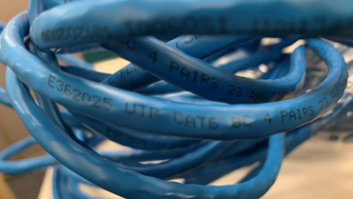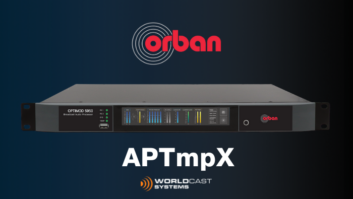NEW YORK � In preparation for the coming of 5G, carriers and neutral host providers will create ultra-dense networks using small cells, and cable companies will have increasing opportunities in the wireless market because of the reach of existing hybrid fiber-coaxial (HFC) networks. There will be an industry transformation from traditional macro architectures to architectures based on small cells.
�It�s a hand-in-glove fit with cable. I would choose cable�s assets over anyone else�s. The reason for that is small cell is going to require significant and pervasive power, right-of-way and backhaul. And that is precisely what an HFC network does. We are going to be leaders in wireless,� said Craig�Cowden, SVP of wireless technology at Charter, quoted in rcrwireless.com.�
Verizon and AT&T are field testing pre-standard 5G fixed wireless access using millimeter frequencies.
However: �The cable operators with the cable plants and with fiber deeper are particularly well-situated to drive the next generation of wireless activity� said Glenn Laxdal, Ericsson head of network products, in the same article. Laxdal also said that the key technology aspect of radio with respect to 5G is beam-forming and multiple input/multiple output (MIMO). �The higher up the spectrum band that I go, the more antennas that I can shrink wrap either onto a piece of silicon or onto an antenna panel. The more antennas I have available, the more antennas I can use to transmit a beam.�
Companies like Verizon are learning that propagation of milli-meter wavelengths is fraught with difficulties though, as we reported earlier this year.��
�












